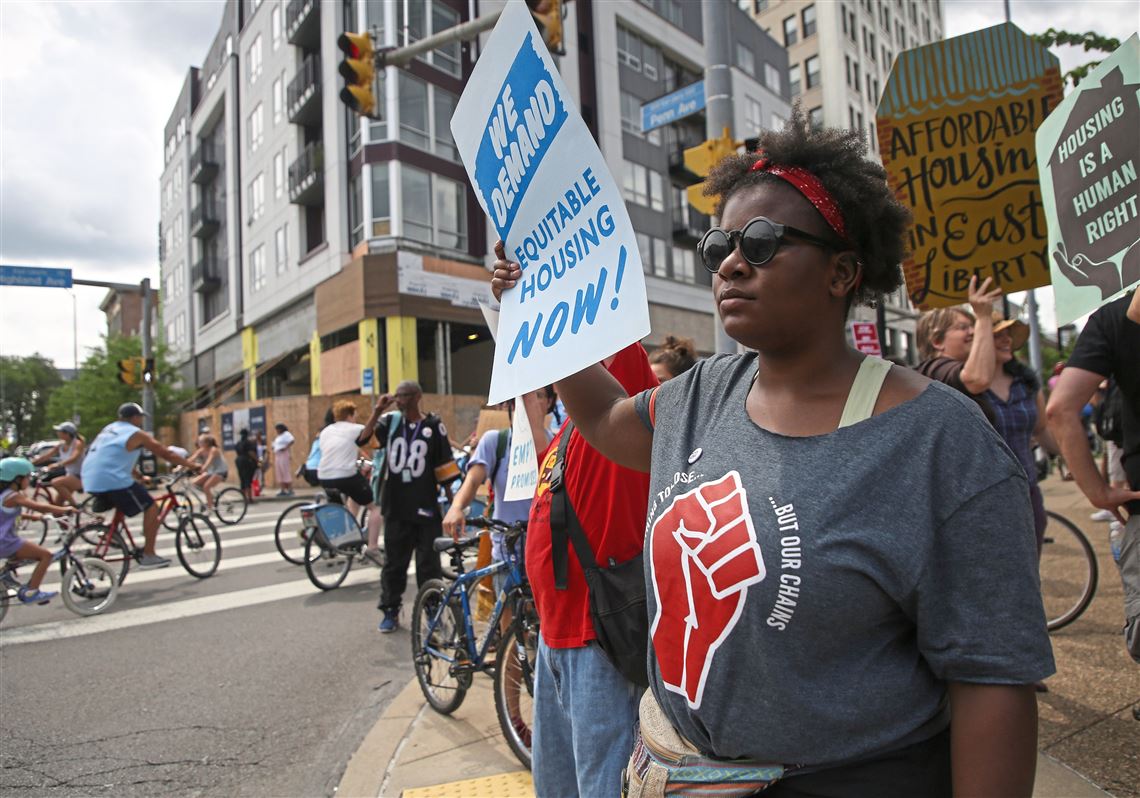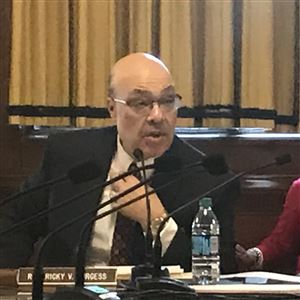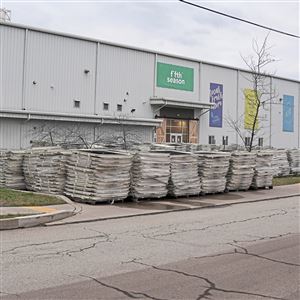While quality of life for Pittsburgh’s black residents has improved in areas of crime and education, disparities still exist in health, criminal justice and poverty rates between black and white residents, according to Pittsburgh’s second annual report on equity indicators.
The analysis released this week by Mayor Bill Peduto’s office gave the city an “equality score” of 55 out of 100, which “suggests that inequalities by race, gender, and income are prevalent in Pittsburgh, with some populations likely to have less access to resources and worse health, economic, and social outcomes,” the report said.
The overall score did not change from the city’s 2017 baseline study. However, of the 80 indicators measured, 28 improved, 35 worsened and 17 remained the same.
The report breaks down the 80 indicators into four areas: health, food and safety; education, workforce development and entrepreneurship; housing, transportation, infrastructure and environment; and civic engagement and communications.
“This analysis is a start towards untangling the deep roots of inequality that exist in this city,” Mayor Bill Peduto said in a press release Thursday.
The city’s median household income equality score worsened, with the report showing that household incomes among black residents decreased year — from $26,853 in 2016 to $22,010 in 2017 — while it increased for whites, from $54,178 to $55,671.
Poverty rates for black Pittsburghers followed a similar pattern.
In the category of health, asthma hospital visits for both black and white children decreased from 35% to 30% — which increased the city’s equality score in this area — but black children were hospitalized “at a significantly higher rate than white children,” the report found.
The college graduation rate of black recipients of the Pittsburgh Promise scholarship increased slightly, while it decreased for white recipients. But still, more white students continue to be eligible for the scholarship than black students.
The city’s planned capital projects were evenly distributed around the city, with no racial disparity.
In the area of public safety, the report found a dramatic reduction in homicide victimization among black residents. However, the rate of traffic accidents involving bikes or pedestrians has increased in high-income areas.
Representatives from the City Planning Department’s Division of Sustainability and Resilience and the mayor’s Bureau of Neighborhood Empowerment produced the report in conjunction with analysis by the RAND Corporation and the Institute for State and Local Governance at the City University of New York.
The intent of the analysis is to better allocate the city’s resources, the report said.
According to the Thursday press release, the mayor’s office has worked with the Pittsburgh-based Forbes Funds since it received last year’s findings “to turn statistics into collaborative action items.”
The mayor’s office highlighted among those action items recent initiatives including putting $10 million in the Housing Opportunity Fund; releasing $2 million in one-time grants for child care facilities; allocating $500,000 for group violence prevention; offering free one-on-one financial counseling; and releasing an updated climate action plan.
“By integrating the equity indicators into our work, we are aligning budgets, staff and policies to increase effectiveness and efficiency, and providing a government that better serves the people, planet, place and performance of this great city,” Mr. Peduto said.
Ashley Murray: 412-263-1750, amurray@post-gazette.com or on Twitter at @Ashley__Murray
First Published: April 18, 2019, 9:12 p.m.

















